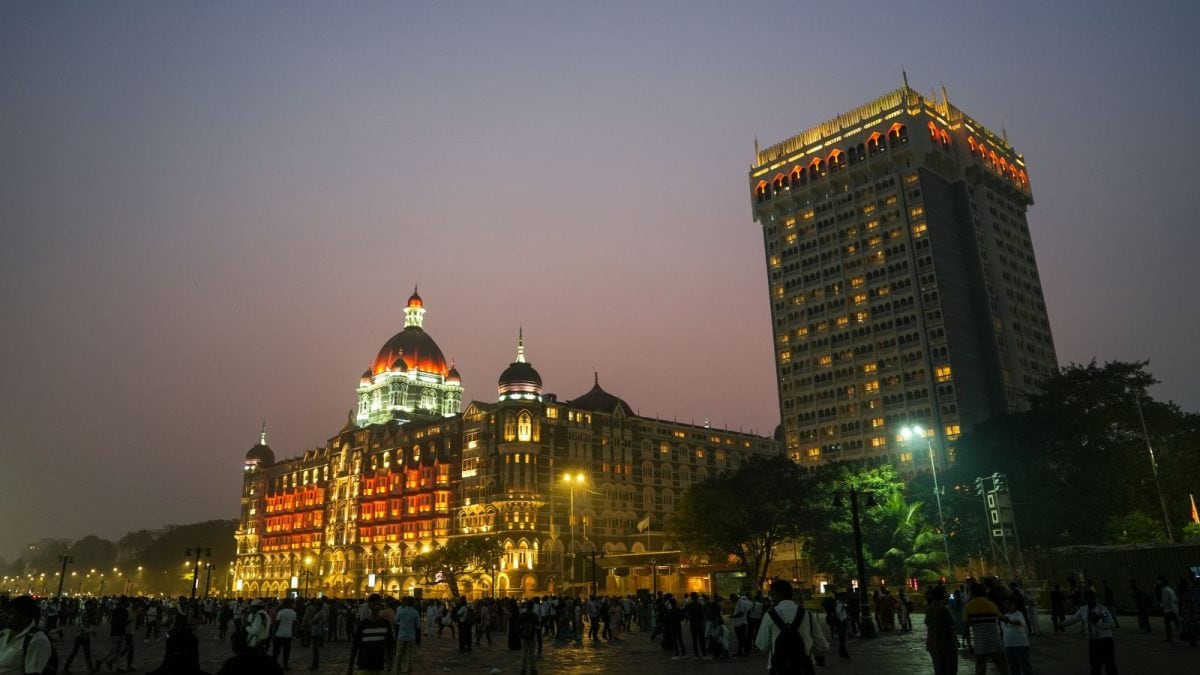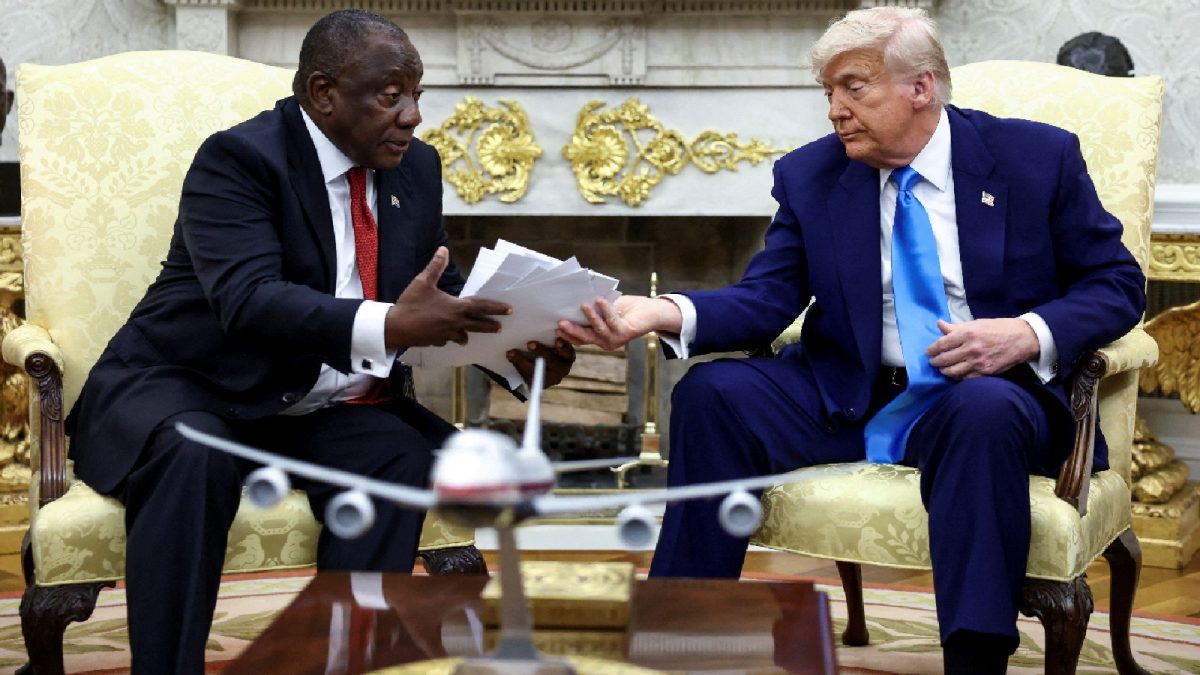Whilst Washington debated budgets and bureaucracy, Beijing deployed a working prototype of a global missile defence network. The race for planetary protection is over, and China crossed the finish line first. The implications are staggering.

The concept includes space-based missiles that would launch from satellites in orbit to intercept conventional and nuclear missiles. (Photo: Reuters)
The world just witnessed a reversal of power that nobody saw coming. For decades, the United States imagined it would lead the planet into a new age of missile defence, a space shield to guard humanity from annihilation. But whilst Washington was still drawing blueprints, Beijing built the dome.
China has fielded a working prototype of what it calls a "distributed early warning detection big data platform", a real, functioning global missile defence network, before the US could even agree on a design. The People's Liberation Army didn't wait for permission or perfection; it deployed. And now, with its prototype operational, the unthinkable has happened: the US has an idea, but China has reality.
The United States called its dream the Golden Dome, a planetary shield, space-based and AI-driven, designed to detect and destroy any missile launched anywhere on Earth. Announced by Donald Trump in 2025, it promised a revolution in global security. But whilst the Pentagon debated architectures, budgets and data flows, China's engineers were busy building.
According to Li Xudong's team at the Nanjing Research Institute of Electronics Technology, China's largest defence research hub, the breakthrough wasn't just in missiles or satellites, but in data processing itself. Their system can track up to 1,000 missiles fired at China from anywhere on Earth simultaneously. Using a vast network of sensors in space, sea, air, and land, it collects, analyses, and prioritises incoming threats in real-time. Each trajectory, each warhead, each decoy is identified, catalogued and fed into a central command before impact.
The PLA's system doesn't just rely on radar or satellites; it blends data from diverse military platforms, built by different suppliers, across different timelines. Every eye, every ear, every radar pulse across the globe is synchronised into one brain. That's the power of "distributed early warning detection." It's not one giant computer in a bunker. It's a network of minds, machine minds, working as one, surviving even if one node falls.
At the core of China's leap is an idea so simple it's revolutionary: physically dispersed, logically unified. The system doesn't need to rip apart or rebuild old radar stations, satellites or air defence platforms. It connects them, harmonises them, like instruments in a digital orchestra. Using next generation transport protocols, it keeps transmitting data even through congestion or jamming. Even if the battlefield goes dark, the network doesn't.
Meanwhile, across the Pacific, the US Golden Dome remains a dream, still arguing with itself. Cost estimates range from £140 billion to trillions. US Space Force General Michael Guetlein admitted in July that nobody, not even him, had a clear idea of what the Golden Dome's "objective architecture" looked like. Contrast that with Beijing: tested, deployed and already integrated into the PLA's command network.
This isn't just a contest of machines; it's a contest of momentum. For decades, Washington set the pace of global defence technology. Beijing followed, borrowed and built. But now the roles have reversed. The monopoly on missile defence, once America's sacred advantage, is now broken. China didn't just build a dome; it built a statement. And for the first time since the Cold War, the United States is no longer the world's leading power in terms of its ability to shield the world.
- Ends
Published By:
indiatodayglobal
Published On:
Oct 21, 2025

 1 month ago
1 month ago

















